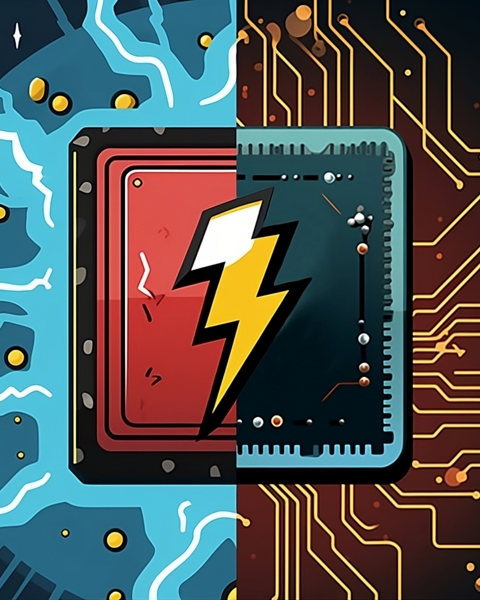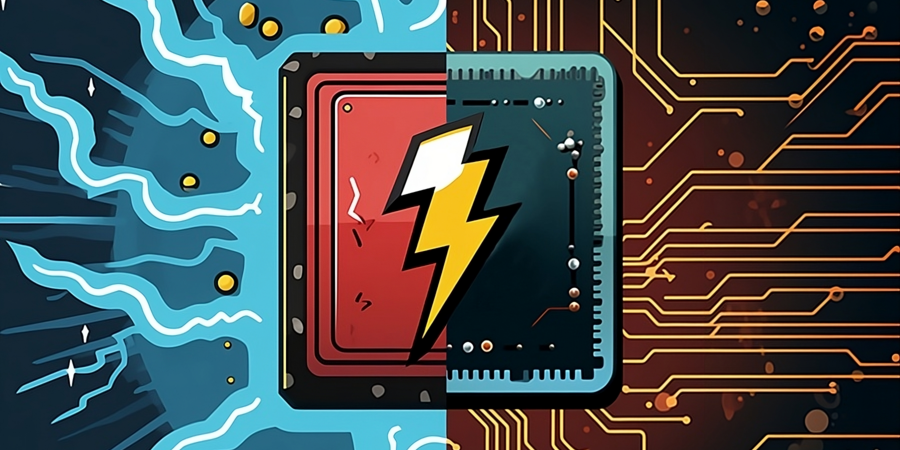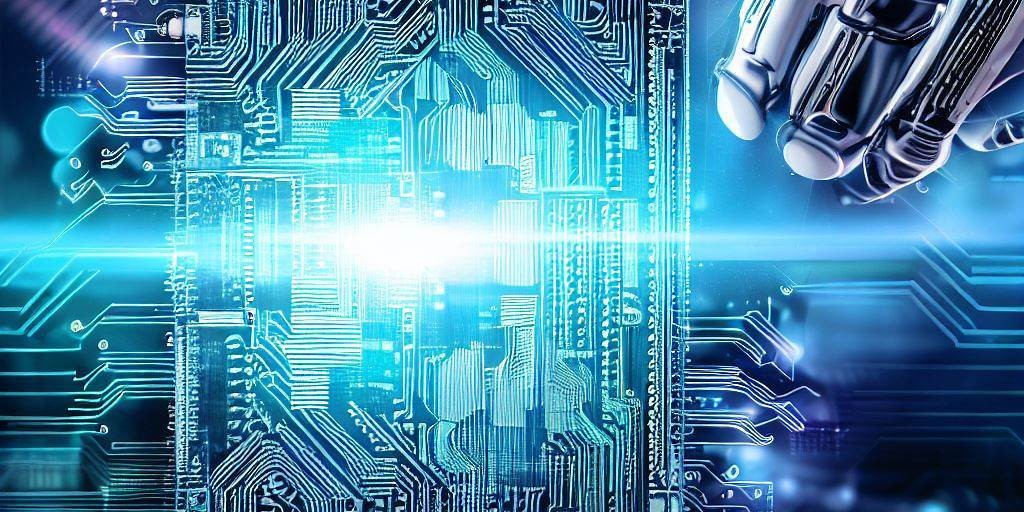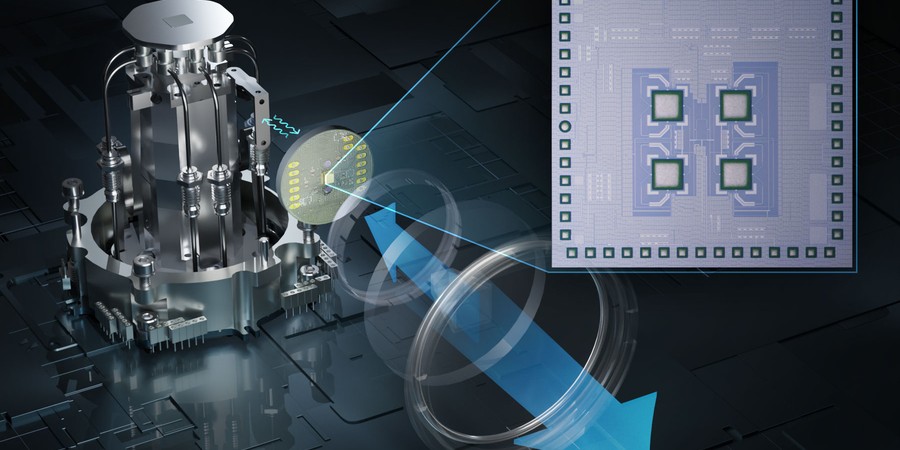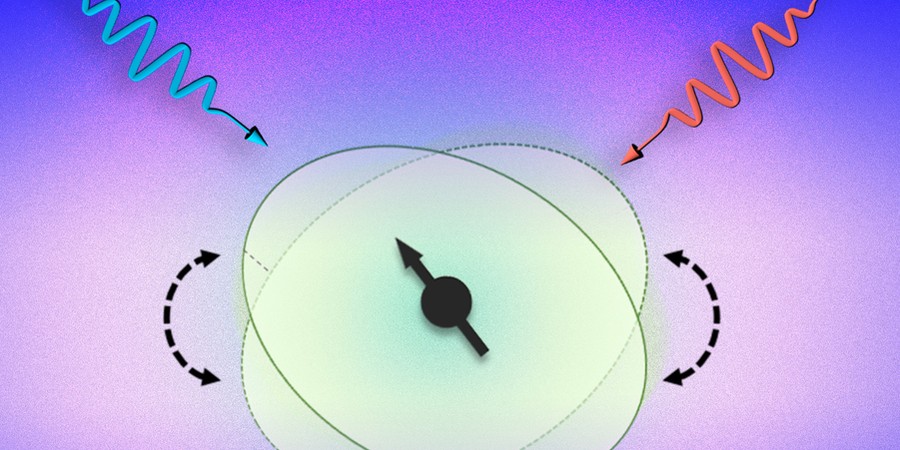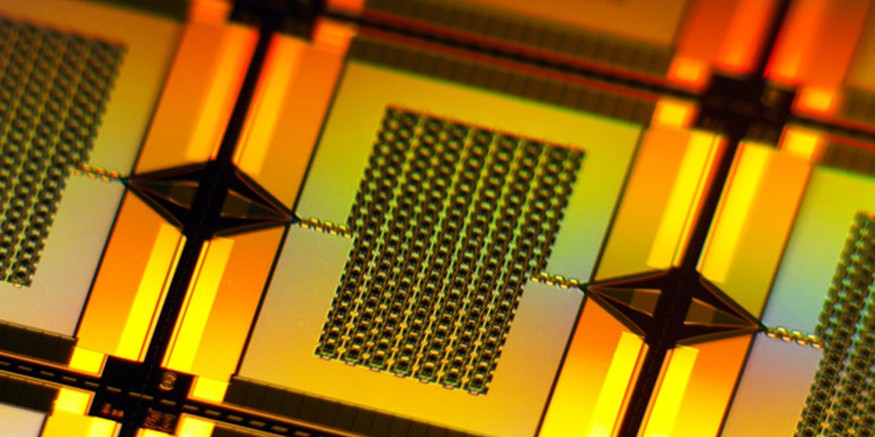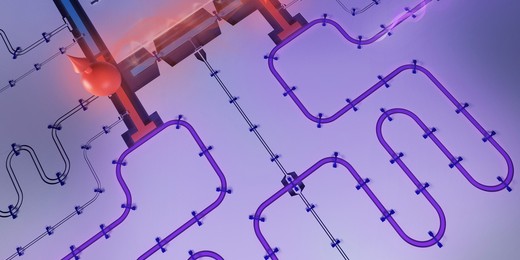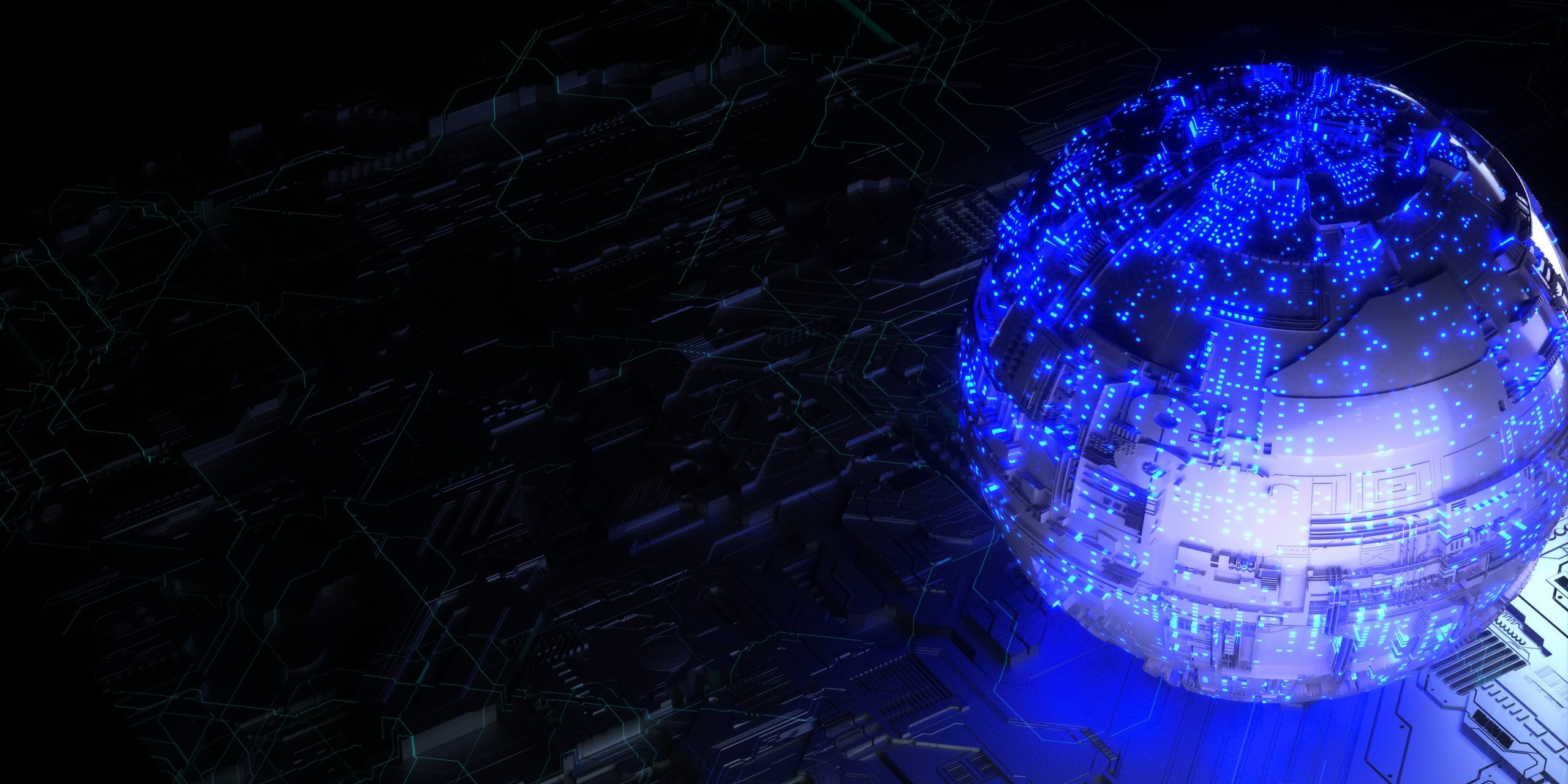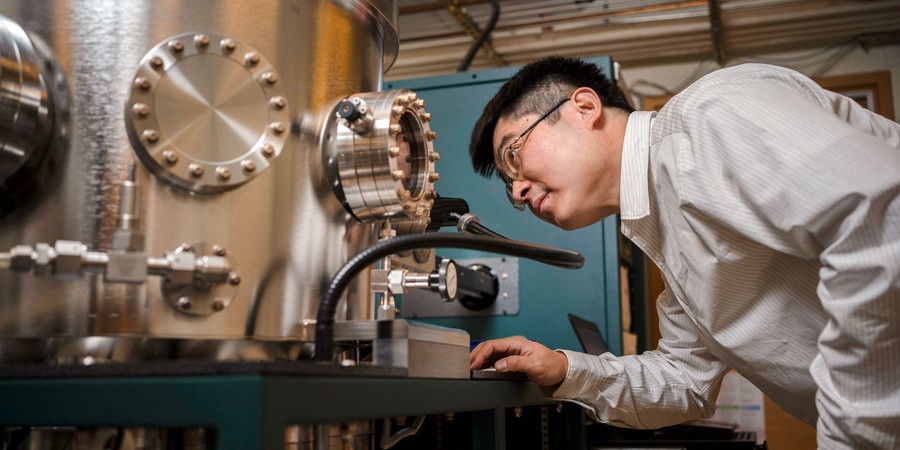System Combines Light and Electrons to Unlock Faster, Greener Computing
Alex Shipps | MIT CSAIL
“Lightning” system connects photons to the electronic components of computers using a novel abstraction, creating the first photonic computing prototype to serve real-time machine-learning inference requests.
Will Cloud or Edge Computing Dominate over the Next 10 Years?
Wednesday, May 10, 2023 | 12:00 - 1:00pm ET
MIT Building 34, Room 401, Grier Room
Multiple Speakers
22FDX Silicon-on-Insulator CMOS for Logic and Edge AI applications
Wednesday, April 5 | 12:00pm - 1:00pm ET
MIT Building 36, Room 426, Allen Room
Hybrid
Speaker: Navneet Jain, GlobalFoundries, Inc.
A New Way for Quantum Computing Systems to Keep Their Cool
Adam Zewe | MIT News Office
A wireless technique enables a super-cold quantum computer to send and receive data without generating too much error-causing heat.
Engineers Discover a New Way to Control Atomic Nuclei as “Qubits”
David L. Chandler | MIT News Office
Using lasers, researchers can directly control a property of nuclei called spin, that can encode quantum information.
Scientists Boost Quantum Signals while Reducing Noise
Adam Zewe | MIT News Office
“Squeezing” noise over a broad frequency bandwidth in a quantum system could lead to faster and more accurate quantum measurements.
Automating the Math for Decision-making Under Uncertainty
Rachel Paiste | Department of Brain and Cognitive Sciences | MIT CSAIL
A new tool, ADEV, brings the benefits of AI programming to a much broader class of problems.
New Quantum Computing Architecture Could be Used to Connect Large-scale Devices
Adam Zewe | MIT News Office
Researchers have demonstrated directional photon emission, the first step toward extensible quantum interconnects.
Chips & Innovation: A New Era
Wednesday, January 18, 2023 | 3:00 - 4:00pm ET,
MIT Building 34-401A, Grier Room A
Speaker: Ahmad Bahai, Texas Instruments
Putting a New Spin on Computer Hardware
Adam Zewe | MIT News Office
Luqiao Liu utilizes a quantum property known as electron spin to build low-power, high-performance computer memories and programmable computer chips.

